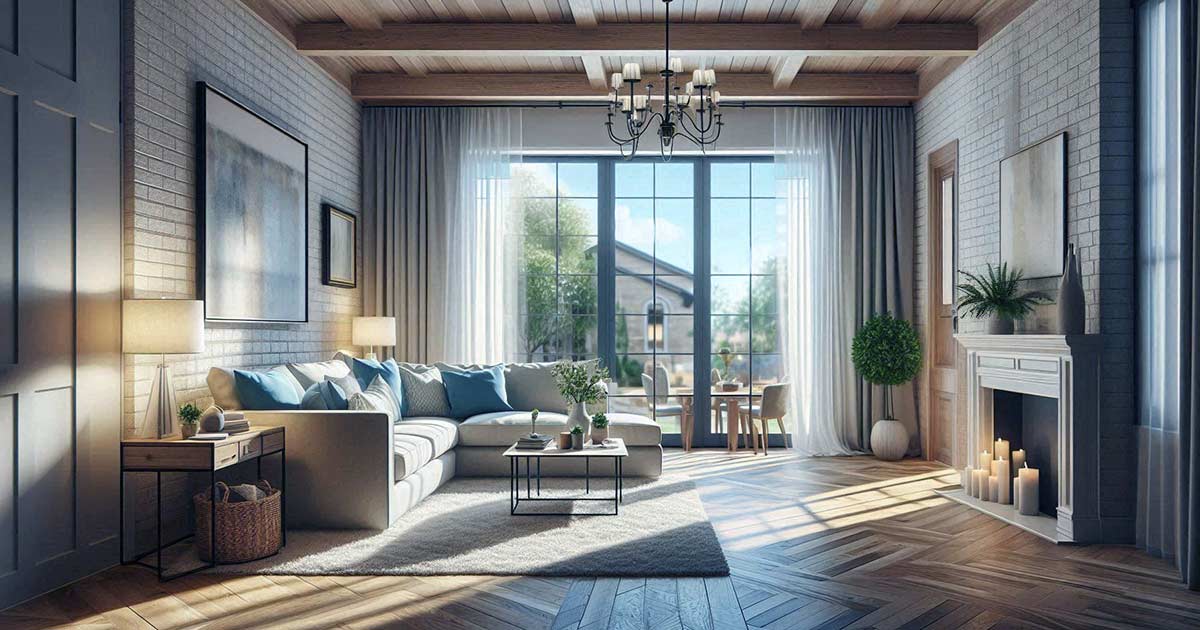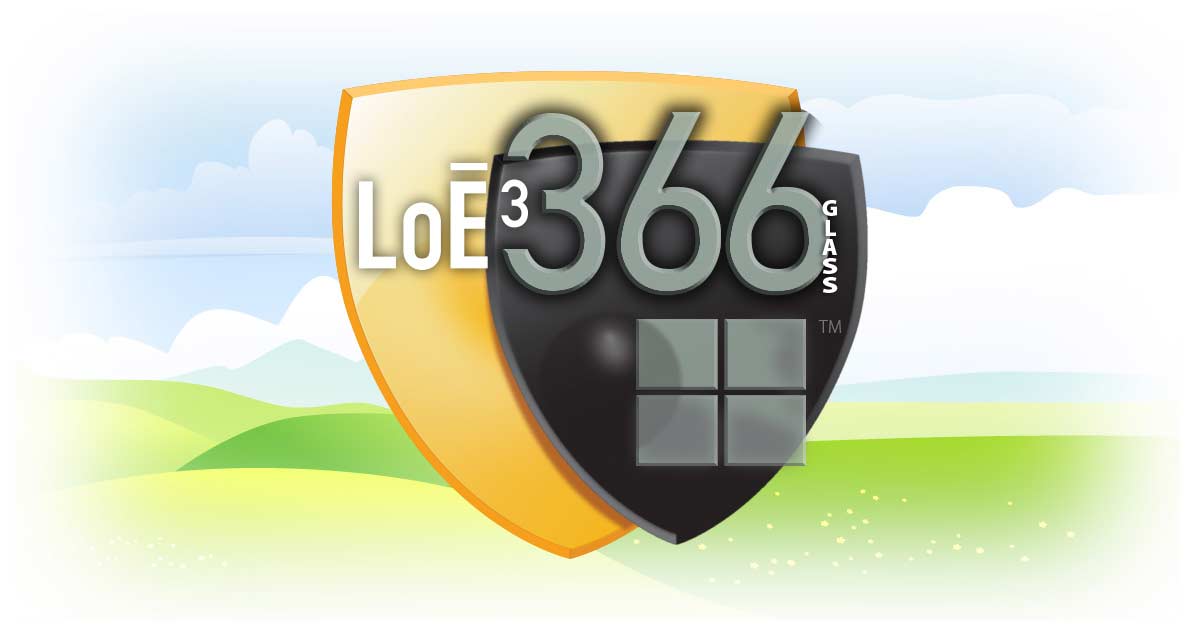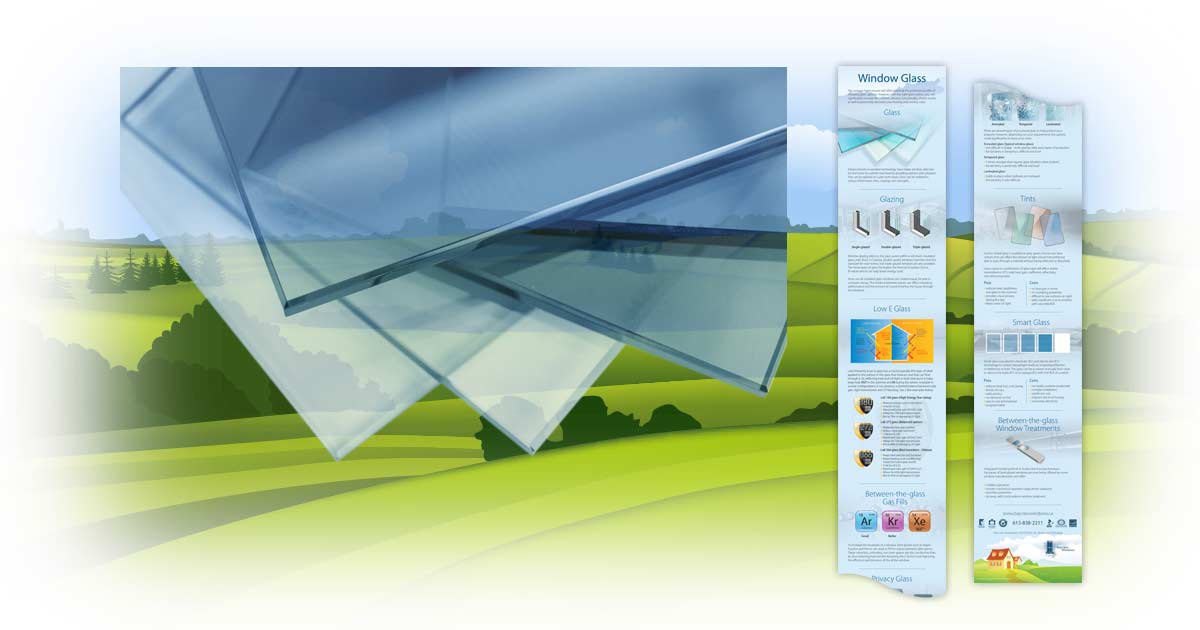Insights > Article > Posted: 2025-Mar-21, Updated: 2025-Mar-31
Performance Rating
Visual Transmittance (VT)
Understanding Visible Light Transmittance (VT) is crucial when selecting new windows, as it determines how much natural light enters your home. VT (expressed as a number between 0 and 1) or Visible Light Transmission (VLT, expressed as a percentage) measures the amount of visible light passing through glass.
A higher VT means more light is transmitted through the window, while a lower VT means less light.
For example:
- VT 0.5 would be VLT 50% of the light is passing through
- VT 0.98 would be VLT 98% of the light is passing through
Balancing light and solar heat gain
While it may be tempting to maximize the amount of light entering your home, especially in colder climates, higher VT can sometimes lead to undesirable solar heat gain. Fortunately, high-performance windows with low-E coatings allow you to block excess heat while still letting in plenty of natural light. Keep in mind that the more solar heat you block, the lower the light transmittance.
Examples:
- Double-glazed Argon-filled IGU: VT = 0.80
- Double-glazed Argon-filled green-tinted IGU: VT = 0.68
- Triple-glazed Argon/Krypton-filled grey-tinted IGU: VT = 0.34
Choosing the right VT
The right VT for your windows depends on your climate, window orientation, and shading strategies.
For example:
- North-facing windows in Ottawa receive minimal direct sunlight, so a higher VT would be ideal to let in as much light as possible.
- South-facing windows get direct sunlight throughout the day, so a lower VT might reduce glare and make the space more comfortable.
Take away
Remember:
- Higher VT means more light but can cause glare and UV exposure.
- Low-E coatings and tints can help balance solar heat gain and light transmission.
- The right VT enhances both comfort and energy efficiency.
Related articles
Find the perfect balance of natural light and comfort.
Need help choosing the right VT for your home? Talk to one of our local window specialists to find the perfect balance for your in-home comfort.



